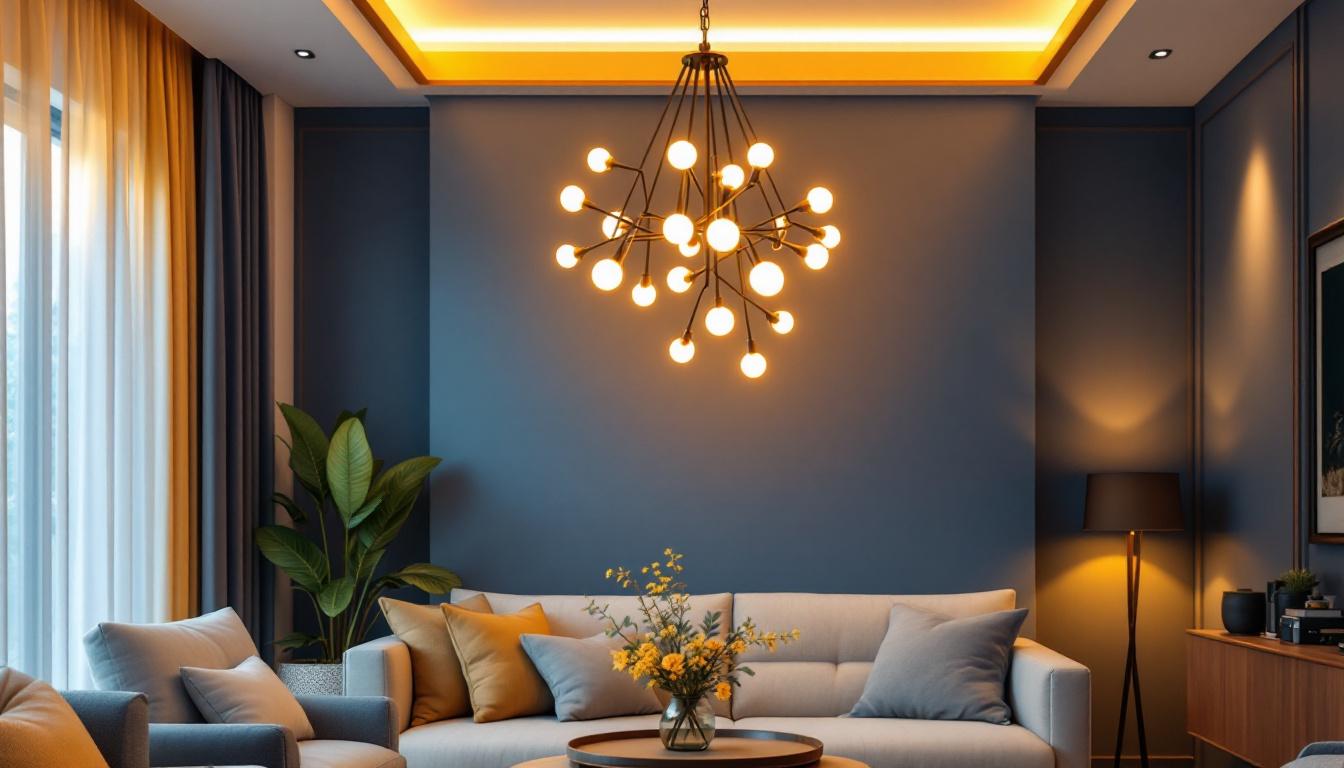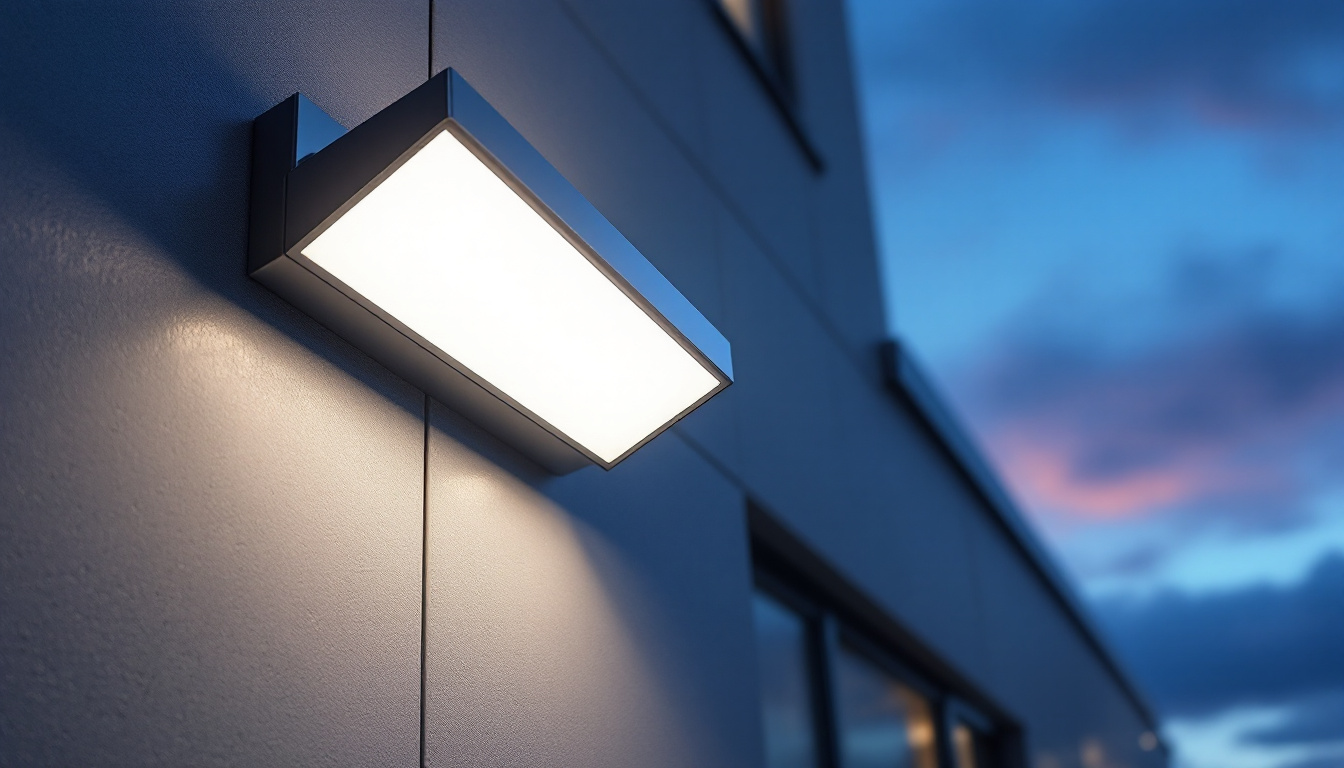
In the realm of lighting design, the chandelier often stands as a symbol of elegance and sophistication. However, beyond its aesthetic appeal, the chandelier’s effectiveness in providing energy-efficient lighting largely hinges on a critical component: the chandelier bracket. This article delves into the importance of chandelier brackets, their role in energy efficiency, and how lighting contractors can leverage this knowledge to enhance their projects.
The chandelier bracket is a crucial component that serves as the mounting point for the chandelier itself. It not only supports the weight of the fixture but also plays a significant role in the overall functionality and safety of the lighting installation. A well-designed bracket ensures that the chandelier is securely fastened, reducing the risk of accidents and damage. Moreover, the bracket can influence the aesthetic appeal of the chandelier, as it often remains visible and can complement the overall design theme of the room.
Chandelier brackets come in various designs, each tailored to different styles and weights of chandeliers. Common types include flush mounts, pendant mounts, and adjustable brackets. Flush mounts are ideal for low ceilings, providing a sleek look while ensuring the chandelier remains securely in place. Pendant mounts, on the other hand, allow for more dramatic installations, often seen in grand dining areas or entryways. These mounts can create a stunning focal point, drawing the eye upward and enhancing the room’s ambiance.
Adjustable brackets offer versatility, allowing contractors to modify the height of the chandelier according to the space’s requirements. This adaptability is particularly beneficial in settings where ceiling heights vary, ensuring that the chandelier is both functional and visually appealing. Additionally, adjustable brackets can accommodate different chandelier styles, making them a popular choice for homeowners who like to change their decor frequently or wish to update their lighting fixtures without extensive renovations.
The materials used in chandelier brackets can significantly affect their durability and performance. Common materials include steel, aluminum, and brass. Steel brackets are known for their strength and ability to support heavier fixtures, making them suitable for larger chandeliers. Aluminum, being lightweight, is often used for smaller fixtures, while brass offers a classic aesthetic that complements traditional designs. The choice of material not only impacts the bracket’s strength but also its resistance to wear and tear, which is crucial for maintaining the chandelier’s integrity over time.
When selecting materials, it is essential to consider the environment in which the chandelier will be installed. For instance, outdoor installations may require weather-resistant materials to withstand the elements, while indoor settings may prioritize aesthetics and compatibility with the fixture’s design. Furthermore, the finish of the bracket can also play a role in its longevity; powder-coated or treated finishes can help prevent rust and corrosion, ensuring that the bracket remains both functional and visually appealing for years to come. Understanding these material properties can guide homeowners and designers in making informed decisions that align with their specific needs and preferences.
Energy efficiency is a critical consideration in modern lighting design, and chandelier brackets play a surprisingly significant role in this aspect. A well-installed chandelier not only enhances the aesthetic appeal of a space but also contributes to energy savings through effective light distribution and reduced energy consumption.
Properly positioned chandelier brackets ensure that the light emitted from the fixture is evenly distributed throughout the room. This optimal distribution minimizes the need for additional lighting sources, which can lead to higher energy consumption. By strategically placing the chandelier, contractors can create a well-lit environment that enhances visibility while reducing reliance on supplementary lighting.
Moreover, the height at which a chandelier is installed can influence its effectiveness. A chandelier that is too high may fail to illuminate the space adequately, prompting the use of additional light sources. Conversely, a chandelier positioned too low can create glare and discomfort. Therefore, selecting the right bracket that allows for proper height adjustment is essential for achieving energy efficiency.
In addition to height, the angle of the chandelier can also impact light distribution. Adjusting the tilt of the fixture can help direct light toward specific areas of the room, such as dining tables or seating arrangements, thereby enhancing the functionality of the space. This targeted lighting approach not only improves the ambiance but also ensures that every corner of the room is adequately lit, further reducing the need for extra lighting solutions.
As the lighting industry shifts towards energy-efficient solutions, the compatibility of chandelier brackets with various bulb types becomes increasingly important. Many modern chandeliers are designed to accommodate LED bulbs, which consume significantly less energy compared to traditional incandescent bulbs.
When selecting a chandelier bracket, it is essential to ensure that it can support the weight and heat output of energy-efficient bulbs. This compatibility not only enhances the longevity of the lighting fixture but also maximizes energy savings. Additionally, using LED bulbs can reduce maintenance costs, as they have a longer lifespan than their incandescent counterparts.
Furthermore, the integration of smart technology into lighting design is becoming more prevalent. Many energy-efficient bulbs now come with smart capabilities, allowing users to control brightness and color temperature through mobile applications or voice commands. When paired with appropriate chandelier brackets, these smart bulbs can be positioned to optimize their performance, creating a dynamic lighting experience that adapts to different activities and moods throughout the day. This flexibility not only enhances energy efficiency but also elevates the overall user experience in any given space.
For lighting contractors, understanding the best practices for installing chandelier brackets is crucial for ensuring safety and efficiency. A well-executed installation can prevent future issues and enhance the overall performance of the chandelier.
Before installation, it is vital to assess the structural integrity of the ceiling where the chandelier will be mounted. This includes checking for any signs of damage, such as cracks or water stains, which may compromise the bracket’s support. Using a stud finder can help identify the best mounting points, ensuring that the bracket is securely anchored to a load-bearing structure.
In cases where the ceiling material is not suitable for direct mounting, additional reinforcement may be necessary. This could involve using a ceiling medallion or a mounting plate that distributes the chandelier’s weight more evenly, providing added support and stability.
Proper wiring is essential for the safe operation of any chandelier. When installing a chandelier bracket, contractors must ensure that the wiring is adequately secured and protected from damage. This involves using wire connectors and electrical tape to prevent any exposed wires from coming into contact with the bracket or the chandelier itself.
Additionally, it is important to follow local electrical codes and regulations during the installation process. This not only ensures safety but also guarantees that the installation meets the necessary standards for energy efficiency.
Once the chandelier and its bracket are installed, ongoing maintenance is essential for ensuring their longevity and performance. Regular care can prevent issues that may arise from dust accumulation, wear and tear, and environmental factors.
Cleaning a chandelier requires a delicate touch, especially when it comes to the bracket and the fixture itself. Using a soft, lint-free cloth to wipe down the surfaces can help remove dust without scratching the finish. For more thorough cleaning, a mixture of mild soap and water can be used, but it is crucial to avoid harsh chemicals that may damage the materials.
Contractors should also advise clients on the importance of regular cleaning to maintain the chandelier’s appearance and functionality. Accumulated dust can not only diminish the aesthetic appeal but can also affect the light output, leading to increased energy consumption.
Conducting regular inspections of the chandelier and its bracket is essential for identifying any potential issues before they escalate. This includes checking for loose screws, signs of wear, or any changes in the chandelier’s alignment. Addressing these issues promptly can prevent accidents and ensure the chandelier remains securely mounted.
Additionally, inspecting the electrical components, such as wiring and connections, can help identify any potential hazards. Ensuring that all components are in good condition contributes to the overall safety and efficiency of the lighting installation.
The chandelier bracket is more than just a mounting device; it is a vital component that influences the safety, efficiency, and aesthetic appeal of chandelier installations. By understanding the various types of brackets, their role in energy efficiency, and best practices for installation and maintenance, lighting contractors can enhance their projects and provide clients with beautiful, functional, and energy-efficient lighting solutions.
As the demand for energy-efficient lighting continues to grow, staying informed about the latest advancements in chandelier bracket technology and installation techniques will position contractors as leaders in the industry. Embracing these practices will not only benefit individual projects but also contribute to a more sustainable future in lighting design.
In summary, the chandelier bracket is a must-know for any lighting contractor aiming to deliver exceptional results. By prioritizing safety, efficiency, and aesthetics, contractors can elevate their work and provide clients with stunning lighting solutions that stand the test of time.
Ready to elevate your lighting installations with the perfect chandelier brackets and energy-efficient solutions? Look no further than LumenWholesale. Our commitment to quality and affordability ensures that you have access to the best spec-grade lighting products at wholesale prices. Say goodbye to middleman markups and hello to a vast selection of reliable lighting options that meet the highest industry standards. Plus, with the convenience of free shipping on bulk orders, you can stock up on premium lighting without any hidden fees. Don’t compromise on quality or value—choose LumenWholesale for all your lighting needs. Wholesale Lighting at the Best Value is just a click away.

Discover essential insights into solar bulbs for garden lighting, tailored for lighting contractors.

Discover how lighting contractors are transforming spaces with innovative warehouse fan solutions.

Explore the transformative journey of LED wall packs in the lighting industry, highlighting their energy efficiency, durability, and innovative design.

Discover how industrial solar lights are revolutionizing the lighting industry, offering contractors sustainable, cost-effective, and efficient solutions.